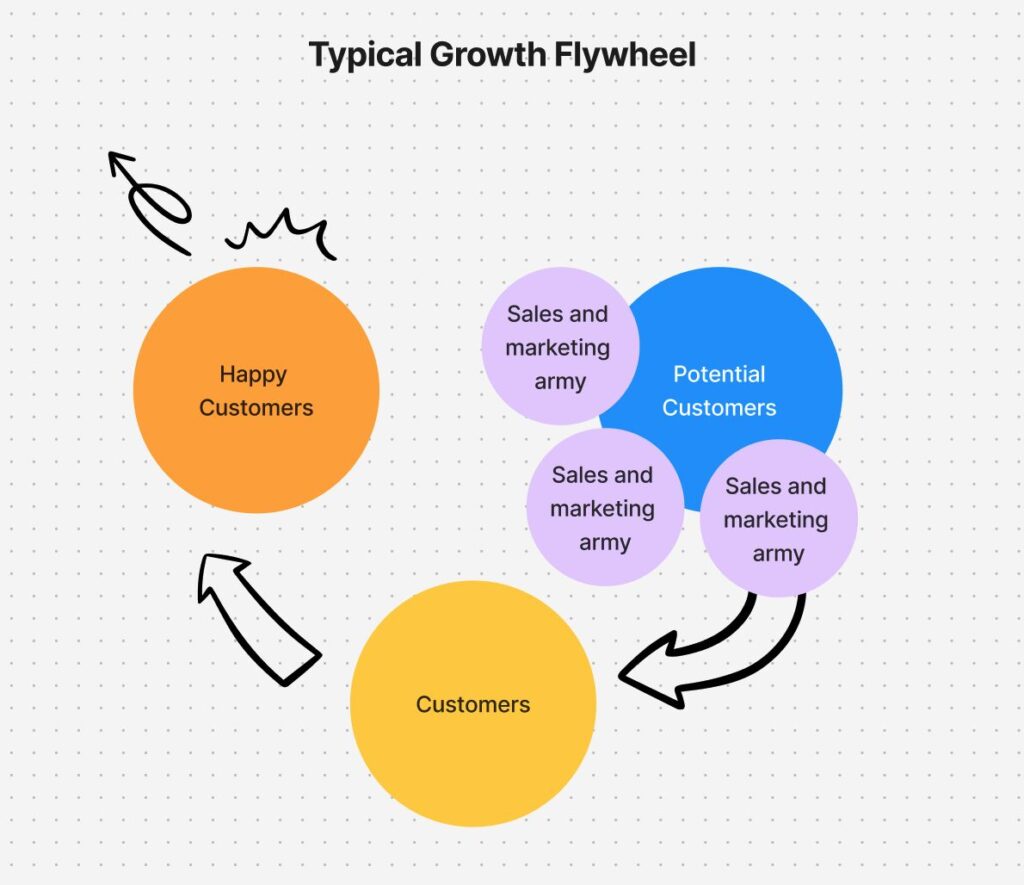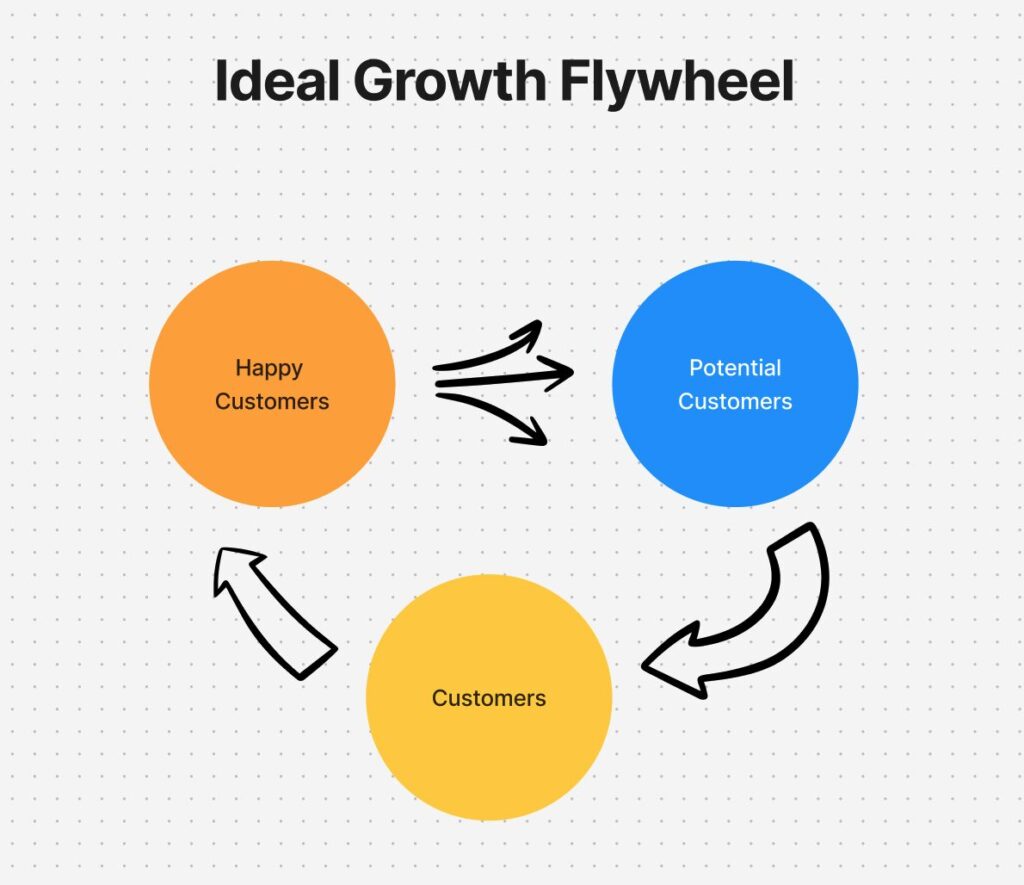5 Customer Experience Management Software

Customer experience management is in a central role when establishing good customer relationships.
I'll tell you what customer experience management software is and give you tips on how to choose the right one for your business.
Disclaimer: I've worked with customer experience for over 15 years, and helped business owners from all industries to start doing customer relationship management at scale.
What is CXM or CEM?
Customer experience management goes with the abbreviations CXM and CEM. Is there a difference between the two?

Not really. They can be used interchangeably. But what does customer experience management mean?
Customer experience management stands for managing customer interactions and measuring how satisfied customers are with their experience.
When you actively and consistently measure how your customers feel about your company, you have better chances at improving the customer experience and reaching business goals.
Customer Experience Management Tools Help
- Understand customer needs better
- Improve customer satisfaction
- Increase customer loyalty
- More customer insights
- Boost customer retention
- Enhance customer engagement
- Grow the customer lifetime value
- Generate more sales
- Prevent customer churn
On top of all that, you can make your happy customers into advocates that recommend your brand for others and really affect your growth.

How to Manage Customer Experience
There's no one size fits all solution, but every single company benefits from having a customer experience strategy.
Executing a well-planned voice of customer programs means:
- Collecting customer feedback
- Analyzing customer behavior
- Identifying pain points in customer journey
- Going through the customer lifecycle
- Gaining valuable insights
This helps you with investigating what kind of pain points there are in the customer journey and how you could improve the customer experience. In short, you'll make data driven decisions about improving your business.
Customer experience includes all possible touchpoints in the customer journey. It’s not just limited to customer service situations, but it encompasses all interactions that the customer has with the brand, down to the smallest details.
Luckily, there are AI marketing tools that can help you.
Using Customer Experience Management Software Helps Improve CX
Measuring customer satisfaction is easier when you implement customer experience management software.
The CX management tools differ from each other greatly, some being more extensive than others.
A customer experience management platform can offer tools for collecting customer feedback, customer sentiment analysis, creating reports, analyzing data, mapping customer journey, aligning the employees’ workflow with the customer interactions, building ideal customer personas, and personalizing the customer experiences.
In order to find the suitable fit for your business, you need to evaluate your goals, needs and budget.
See our tips on what you should do before implementing a CX management tool.
1. Define Your Goals
Are you getting enough feedback from your customers to define what aspects of the customer journey need to be improved?
What are the biggest challenges in your customer experience management? Is there something that is continuously mentioned by customers?
Are you able to respond to customers’ complaints and feedback? Can you react to them?
After you have analyzed what the problems are, you can set goals to improve them.
Let’s say that you have noticed that people bounce from your page often. You need help with figuring out what causes that.
Maybe your goal is to conduct a feedback survey after each onboarding, or once in a quartal.
Perhaps you need help with mapping the optimal customer journey. Or, you might want to personalize the customer experience further.
You also need to define how you measure the success of your improvement efforts. Is it a specific NPS-score or a certain improvement in churn rates.
The meaning of NPS for your business' success can be greater than you think.
Whatever your goal is, choose the tool(s) accordingly.
2. Features to Look For
While it is difficult to give an exhaustive list of features that you should look for in a customer experience management tool, simply because there are so many types of them.
However, there are a few universal features:
- Easy to use
- Good customer support
- Help documentation
- Quality matches the price
- Analytics and reporting
- Integration possibilities (to CRM, website, eCommerce site…)
If your CX tool includes all above features, it is likely a good addition to your marketing tools.
Next, we will look at 5 different types of customer experience management software.
Maybe you can find your match, or at least the list will help you with realizing that there are many solutions available.
5+ Best CX Management Tools for 2025
1. Trustmary – Capture True Voice of Customer
Learn what your current customers think about their customer experience by conducting feedback surveys.
Trustmary is a customer feedback survey tool that not only helps you collect the opinions of your customers, but also leverage the positive experiences of your satisfied customers.
With Trustmary, you get to react to the negative feedback in a timely manner and improve your customer experience based on the feedback. Additionally, you get to utilize social proof in the form of testimonials from happy customers.
Make the surveys look your own with possibilities to add brand colors, fonts and a logo.
Features:
- Easy-to-use survey editor
- Personalization and branding options
- Customer feedback survey templates (NPS, CSAT, CES, star reviews)
- Make positive feedback into public testimonials
- Multiple distribution channels
- Automations
- Native integration with Pipedrive and Hubspot
- Zapier and API integrations
- Chat and email support
Benefits of using Trustmary:
- Know what your customers think
- Collect testimonials that in turn improve customer experience for the new prospects: they can learn about your business in advance and not worry about if you are trustworthy
- Save time and effort with automatic surveys (based on trigger events or specific dates)
- Move data between different systems
2. Zendesk – Help Desk Software
Improve the customer experience by providing timely customer support.
Zendesk helps you keep track of customer service interactions and offers insights on the performance. It also allows you to align the whole IT-help team’s tasks, as they are always on top of who is taking care of which customer.
Features:
- Ticketing system
- Create help articles to help center
- Automations and workflows
- AI-generated chat answers
- Shared workspace for customer service team
- Lots of integrations with apps
- Chat, voice, email, and SMS support
Benefits of using Zendesk:
- Provide timely help for your customers for improved customer experience
- Stay on top of the situation in the shared dashboard
- Personalize the help tickets to fit your brand
3. Trifacta – Customer Behavior Analytics
If you don’t want to rely on customer feedback (or you suspect that customers don’t leave enough feedback), you might want to look into customer behavior analytics.
Trifacta offers a solution that helps you to analyze customer data and draw smart conclusions.
Features:
- Access data in multiple sources
- Cloud data preparation
- Integrations
- Explore data contents and prepare it for use
- Automated workflows
Benefits of using Trifacta:
- Smooth collaboration for multiple users
- Integrate with different cloud platforms
- Prepare data faster
- You will have more knowledge about the customer experience to make wise decisions
4. Adobe Experience Manager – Content and Digital Asset Management
Are you looking to improve the customer experience by personalizing content?
Adobe Experience Manager makes content management a lot easier for you. You can create content and align the content on different platforms with this tool.
Features:
- Templates and tools for websites
- Reuse content with a twist on different channels
- Personalized content
- Artificial intelligence and machine learning tools
- Integrations with apps
Benefits of using Adobe Experience Manager:
- Re-use content elements and create content that is aligned across channels faster
- Improve customer experience with personalization
- Get additional features easily from the Adobe Experience family
5. Hotjar – Web Analytics
You can learn more about the customer experience by inspecting how they use your website.
Hotjar allows you to follow what your customers do on your website: what they click, how they move, where they scroll. This enhances your knowledge of what your customers are interested in (or not) and how you could offer better experiences.
Features:
- Heatmaps
- Recording
- Feedback
- Surveys
Benefits of using Hotjar:
- You can see with your own eyes how your customers behave
- Learn the pain points of your website or product
- Know what your customers are or are not interested in
6. Sceyt – Chat API and SDKs for In-app Messaging
Sometimes, improving customer experience requires not only the possibility to chat with support, but also with other customers and users. In these occasions, a dynamic chat application in your SaaS app, e-commerce platform, or other type of website is what the community needs.
Sceyt Chat API helps you to rapidly integrate messaging into any iOS, Android, and Web app, helping you deliver an enjoyable community experience and user support.
Features:
- Instant messaging - one-to-one or group
- Built-in file sharing - images, videos, audio
- Reactions - a full range of emojis
- Edit & delete messages easily
- Unlimited message retention
- User presence: online, offline, and custom
Benefits of using Sceyt:
- Customers can chat with you, other users, or chatbots in real-time and receive help, social proof, and community experiences.
- Monitor and moderate chats to ensure a pleasurable experience for all.
- Access analytics tools that reveal information about the user experience.
Conclusion on CX Management Software
As you can see, customer experience management is a broad field. It includes processes of measuring and improving customer satisfaction in different touch points.
Because the customer journey touchpoints look very different in each business, there is no one size fits all solution for CXM software.
In order to find the right match, you need to analyze your own pain points with the help of different feedback and analytics tools. Once you have that information, you can start using tools to improve those experiences.
Just remember that everything starts from the customer and what they want.
Further Reading
FAQ
What is customer experience management?
Customer experience management (CXM or CEM) means the process of measuring, analyzing and improving the customer experience. It includes e.g. conducting surveys, analyzing customer behavior, and creating better experiences through content, customer service, and other means.
What is customer experience management software?
CXM software helps you with the tasks of measuring customer satisfaction, collecting feedback, analyzing customer data, and improving customer experience with different tactics. Customer experience management tools differ from each other greatly, which is why you have lots of options to choose from.
What are the benefits of customer experience management software?
Depending on what kind of software tools you are using, there are many different benefits in using them. For example: you make better decisions regarding your product or website improvement, you have less manual work to do, you can collaborate with others easier, and you can offer better and more personalized experiences for your customers.
